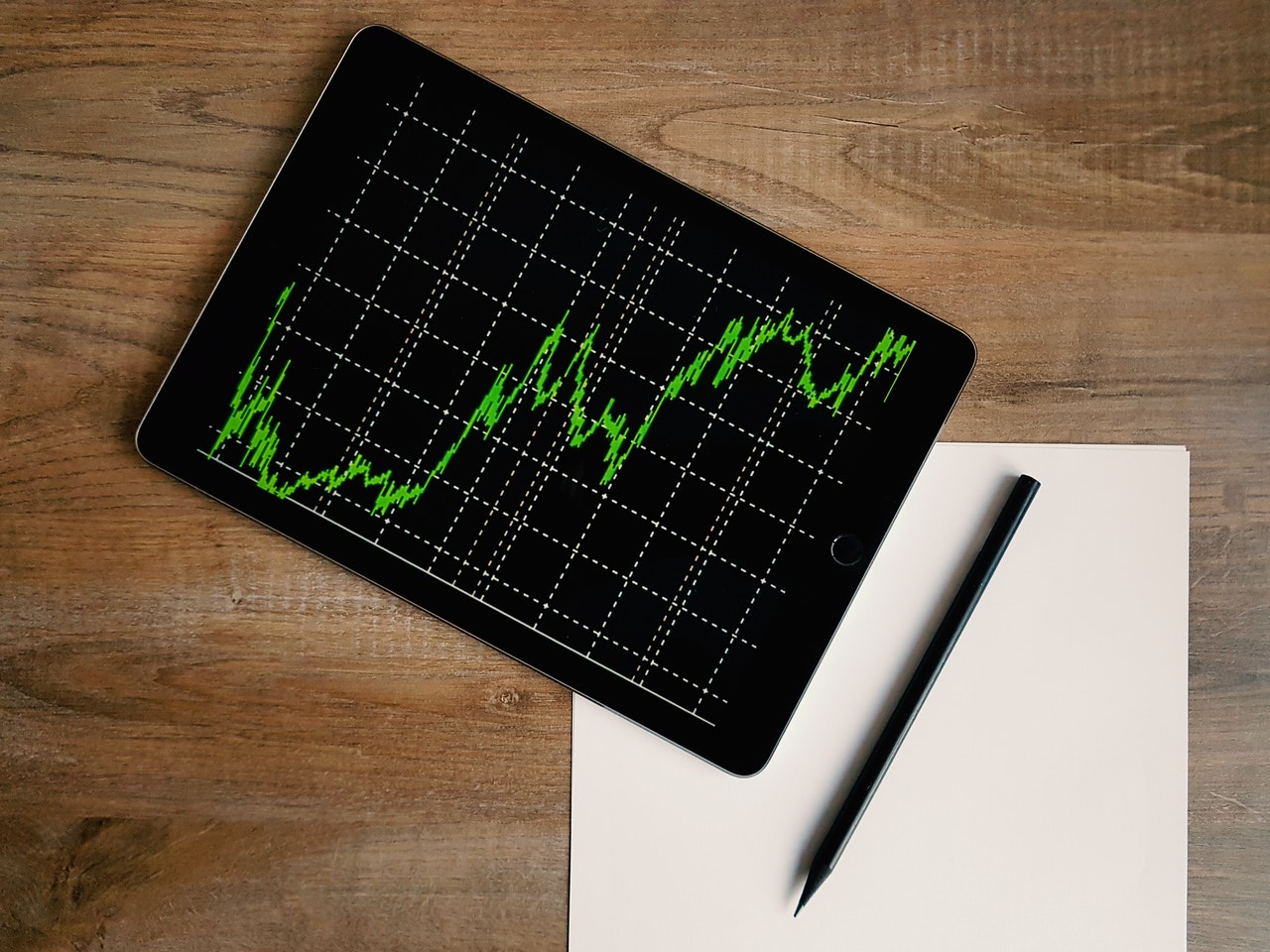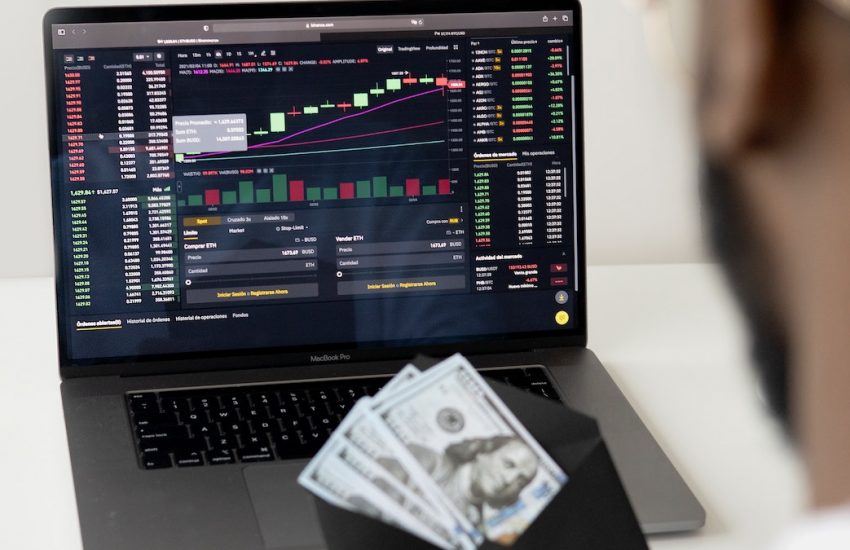What types of CFDs are available to trade?
Depending on the broker you use, there are many different CFDs available to trade. Some brokers offer a wide range of CFDs, while others focus on a specific type of CFD. It’s essential to understand the different types of CFDs available, so you can choose the ones that best fit your trading style. We’ll look at the most common types of CFDs and explain what they are.
What is a CFD, and how does it work?
A CFD, or contract for difference, is a type of derivative instrument that allows you to speculate on the price movement of an underlying asset. With a CFD, you don’t own the underlying asset; instead, you are entered into a contract with the broker. The contract specifies the underlying asset’s price at the time of entry, and you agree to pay or receive the difference between this price and the exit price of the asset. If the asset’s price increases, you will profit; if it falls, you will incur a loss.
CFDs are available on many underlying assets, including forex pairs, stocks, indices, commodities, and cryptocurrencies. You can trade CFDs on leverage, which means you can control a prominent position with a small capital, and it allows you to magnify your gains (or losses) from even the slightest price movements.
The different types of CFDs available to trade
There are four main types of CFDs: forex, stocks, indices, and commodities. Let’s take a closer look at each one.
Forex CFDs- Forex, or foreign exchange, is the largest and most liquid market globally. Currencies are traded 24 hours a day, seven days a week. When you trade forex CFDs, you speculate on the price movements of currency pairs.
Stock CFDs- A stock CFD is a contract that allows you to speculate on the price movement of a particular stock. For example, if you think Apple’s stock price will rise, you could buy AAPL.
Index CFDs- An index CFD tracks the performance of a whole index, such as the S&P 500 or the Dow Jones Industrial Average. Index CFDs are priced based on the underlying index, and you can trade them in the same way as stocks.
Commodity CFDs- Commodities are natural resources traded on commodity exchanges around the world. When you trade commodity CFDs, you speculate on commodities like oil, gold, and silver price movements.
How to choose the right type of CFD for you
When choosing the right type of CFD for you, it’s essential to consider your investment goals and risk tolerance. For example, if you’re a conservative investor, you might want to stick to trading forex or index CFDs. If you’re more aggressive, you might be interested in stock or commodity CFDs.
It’s also essential to choose a CFD that suits your trading style. For example, if you’re a long-term trader, you might want to focus on index CFDs, as they tend to be less volatile.
The benefits of trading CFDs
CFDs offer many benefits for traders, including the following:
CFDs are a versatile investment tool that can speculate on a wide range of underlying assets.
CFDs offer leverage, which means you can control a prominent position with small capital. It allows you to magnify your gains (or losses) from even the slightest price movements. CFDs are traded on margin, so you only need to put down a small deposit to open a position. It gives you greater buying power and allows you to take advantage of market opportunities.
The drawbacks of trading CFDs
You should be aware of some risks associated with trading CFDs before you start trading. These include the following:
CFDs are traded on margin, so you only need to put down a small deposit to open a position. It gives you greater buying power and increases your risk, as you can lose more than your initial deposit.
The underlying asset price can gap up or down, which could trigger a margin call. If the broker goes bankrupt, you may not be able to recover your losses.
Tips for beginners who are new to CFD trading
If you’re new to CFD trading, you should know a few things before you start trading. Here are some tips for beginners:
Start with a demo account- Demo accounts are a great way to learn about CFDs and test out your trading strategies without putting any real money at risk.
Start small- When you’re first starting, it’s advisable to trade small position sizes, as it will help you get a feel for the market and build your confidence before you start putting more capital at risk.



